Lab automation tools are revolutionizing the way laboratories operate. They streamline repetitive tasks, enhancing lab efficiency and accuracy.
These tools are essential for modern labs aiming to stay competitive. They integrate advanced lab technology and robotics to reduce human error.
Automated labs benefit from faster processing times and increased productivity. This allows researchers to focus on complex tasks and innovation.
Choosing the best tools for lab automation and monitoring can be challenging. It's crucial to find solutions that fit specific lab needs and goals.
In this guide, we explore top recommendations and insights for implementing effective lab automation solutions.
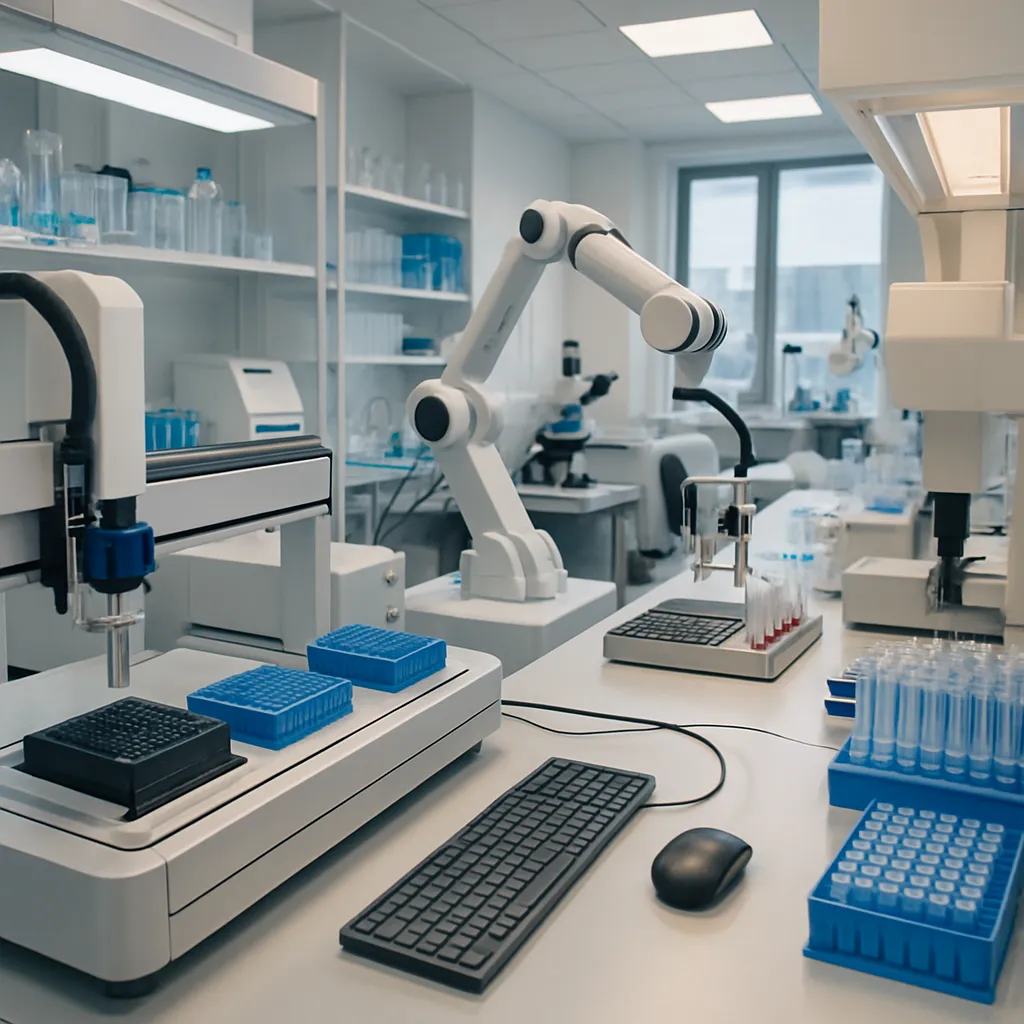
Why Lab Automation Matters: Boosting Lab Efficiency and Accuracy
Lab automation tools are pivotal for enhancing lab productivity. They minimize manual errors and streamline complex workflows.
Automation leads to significant time savings, allowing for better use of resources. This results in faster processing and more accurate outcomes.
Key benefits of implementing lab automation include:
- Improved consistency in experimental results
- Efficient use of lab resources and time
- Enhanced safety with reduced manual handling
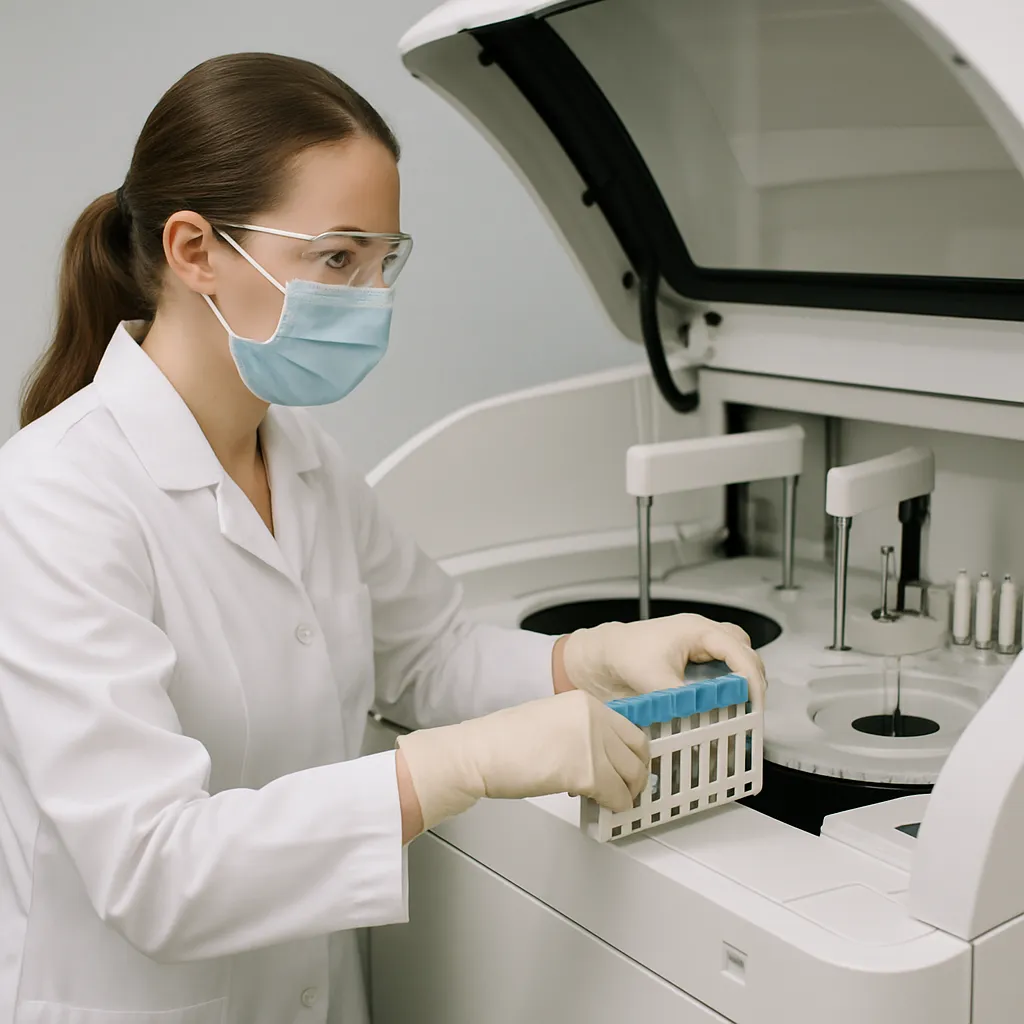
Automated systems also help in managing large volumes of data. This improves decision-making and increases overall lab accuracy. Embracing automation is essential for labs aiming to maintain high standards.
Key Types of Lab Automation Tools and Technologies
Lab automation encompasses various tools and tech designed for specific lab needs. Understanding these tools can aid in selecting the best fit for your lab.
The following key types are essential:
- Robotics for precise sample handling
- Software for workflow and data management
- Specialized systems for niche applications
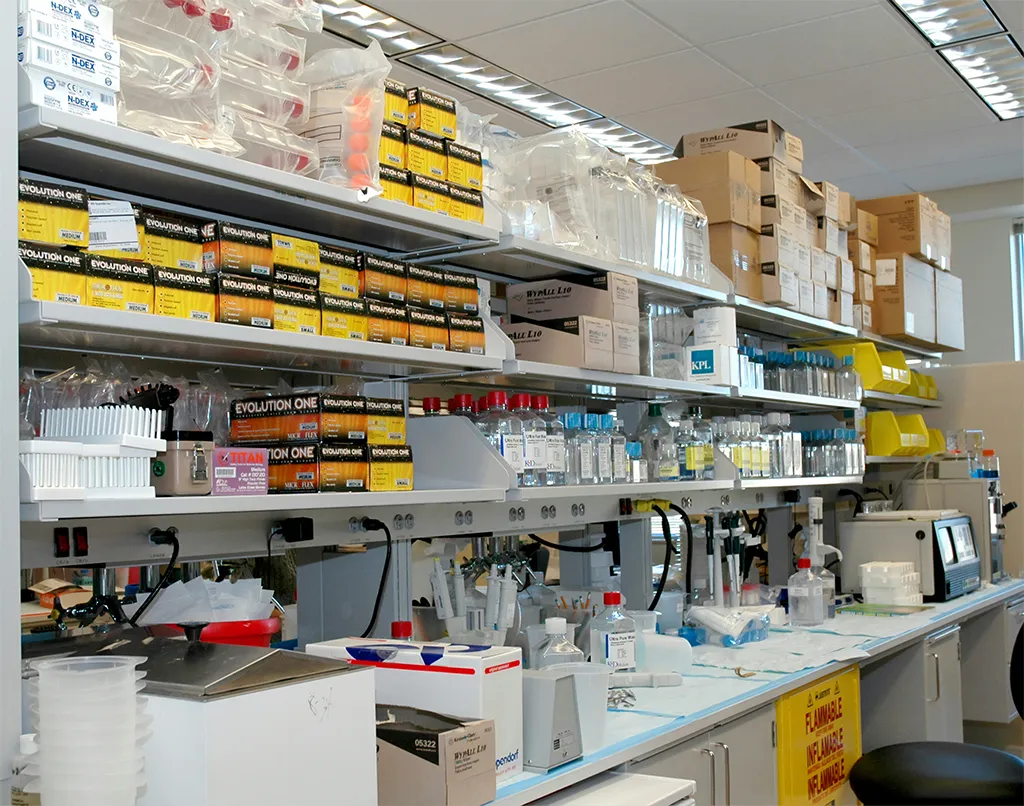
by National Cancer Institute (https://unsplash.com/@nci)
Robots and automated workstations can perform repetitive tasks with great precision. Workflow automation software integrates lab activities for smooth operations.
Laboratories benefit from combining different technologies to achieve optimal efficiency. Selecting the right tools requires careful consideration of lab requirements. Emphasizing flexibility and integration is crucial when choosing automation technologies.
Robotics and Automated Workstations
Robotics serve as the backbone of many automated labs. They handle tasks such as pipetting and reagent dispensing with accuracy.
Key applications of lab robotics include:
- Automated liquid handling systems
- Robotic arms for sample transfer
- Integrated workstations with multiple functions

by insung yoon (https://unsplash.com/@insungpandora)
Automated workstations combine robotics with advanced lab technology. This enhances workflow efficiency and ensures high-quality results. The integration of robotics in labs paves the way for precision and speed.
Workflow Automation Software and LIMS
Workflow automation software streamlines lab processes end-to-end. These tools eliminate bottlenecks and maximize lab efficiency.
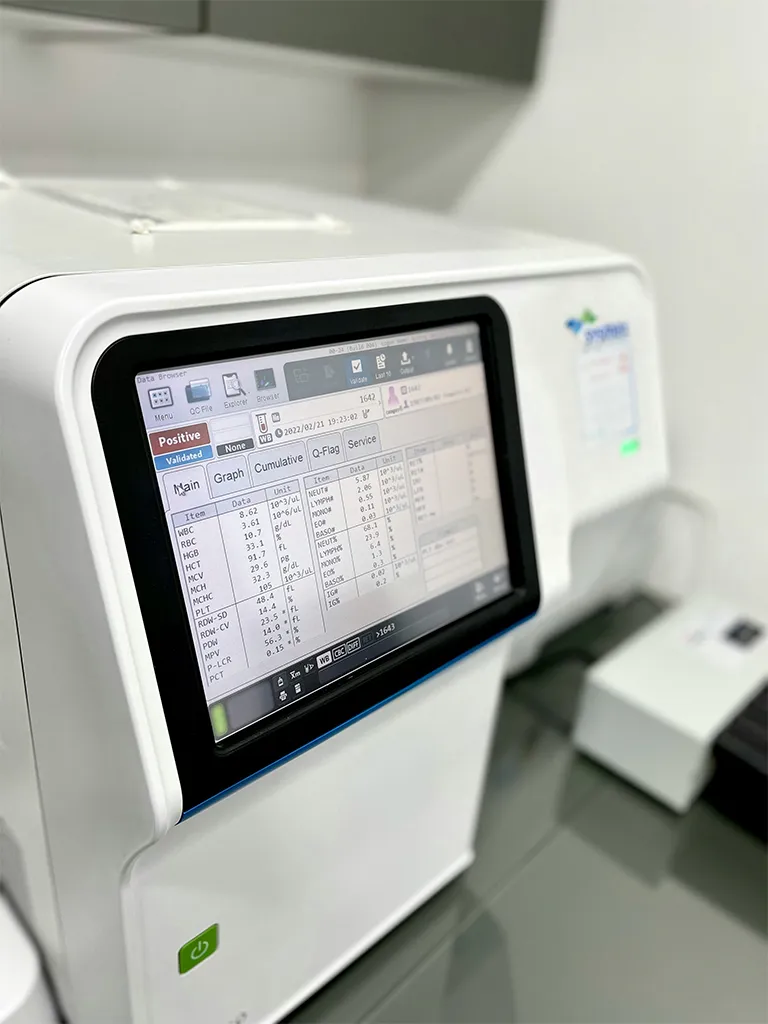
by anas elharati (https://unsplash.com/@anaselharati879)
Features of workflow automation include:
- Task scheduling and tracking
- Real-time data capture and reporting
- Seamless integration with lab equipment
Laboratory Information Management Systems (LIMS) support comprehensive data management. They facilitate tracking samples and managing inventory. Using LIMS helps laboratories maintain regulatory compliance and improve overall lab management.
Specialized Tools: Rubber Lab Automation and Office Integration
In specific scenarios, labs require specialized automation tools. This includes tools designed for rubber lab tasks, ensuring precision and durability.
Key considerations for specialized tools are:
- Durability for sensitive materials
- Integration with office automation tools
- Compliance with specific lab standards
Rubber automation tools enhance lab technology for unique challenges. Office integration streamlines both lab and administrative processes, fostering seamless lab management.
Top Recommendations: Best Tools for Lab Automation and Monitoring
Choosing the right lab automation tools requires insight into the best options available. Here are some top picks to consider.
First, consider automated liquid handling systems. These devices ensure precise liquid transfer and reduce manual errors.
Additional benefits include:
- Increased pipetting accuracy
- Higher throughput capacity
- Minimization of contamination risks

by Mak (https://unsplash.com/@mak_jp)
For data management, Laboratory Information Management Systems (LIMS) are essential. They organize data efficiently and support regulatory compliance.
Their key features include:
- Comprehensive sample tracking
- Inventory management
- Data analysis capabilities

by Arun Antony (https://unsplash.com/@antona6)
Another important tool is robotic sample processors. These systems automate tasks such as mixing and sorting samples.
Advantages of robotic processors include:
- Faster processing times
- Consistent results
- Reduced labor costs
For enhanced monitoring, sensors and IoT devices are invaluable. They provide real-time data and alert users to any anomalies.
Key attributes of these tools include:
- Continuous monitoring
- Remote access
- Integration with other lab systems
Selecting these tools can revolutionize how labs function. Carefully assess lab needs and priorities when choosing automation tools. Investments in these technologies can lead to significant long-term benefits.
How to Choose the Right Automation Solutions for Your Lab
Selecting the right automation tools requires a careful assessment of your lab's specific needs. Consider the type of tasks you want to automate and the scale of your operations.
Evaluate these factors to make an informed decision:
- Compatibility with existing equipment
- Cost of implementation and maintenance
- User-friendliness and ease of training
It’s crucial to choose solutions that align with your lab's long-term goals. Tailor solutions to enhance efficiency and productivity. Customization is key to ensuring that tools meet your unique requirements and lead to successful implementation.
Implementation Tips: Maximizing Lab Efficiency with Automation
Successful implementation starts with proper planning and setup. Clear goals and a detailed timeline are essential.
Training your staff is crucial to harness the full potential of automation. They need to be comfortable with the new technology.
Focus on these steps for a smooth transition:
- Conduct a pilot test before full deployment
- Regularly update and maintain systems
- Monitor performance and gather feedback
By following these tips, your lab can achieve greater efficiency and accuracy, leading to improved overall productivity.
The Future of Automated Labs: Trends and Innovations
The future of lab automation looks promising with ongoing innovations. Emerging technologies are reshaping how labs operate every day.
Current trends include:
- Integration of artificial intelligence
- Enhanced connectivity with IoT
- Development of smarter, adaptive systems
These innovations will drive labs towards increased efficiency and adaptability, making them more capable and competitive.
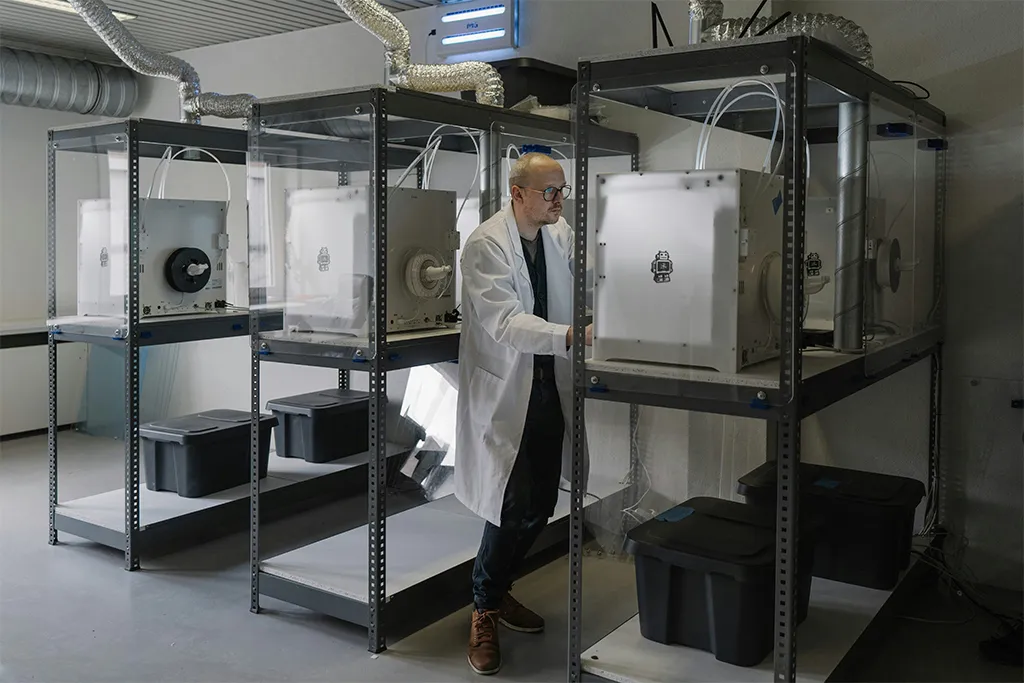
by Tom Claes (https://unsplash.com/@tomspentys)
Scispot: The AI-Ready Platform Powering the Next Generation of Lab Automation
Scispot stands out as a modern platform purpose-built for lab automation and data connectivity. It bridges the gap between robotics, instruments, and digital workflows—transforming how scientific data moves across the lab. Unlike traditional LIMS or ELNs, Scispot unifies experimental design, automation, and analysis into one system of action. It integrates directly with robotic platforms such as Automata LINQ and Hamilton systems, allowing labs to automate high-throughput workflows like plate setup, sample tracking, and instrument data capture. Scientists can visualize their entire experiment flow, from raw data ingestion to AI-ready analysis, within a single, intuitive interface.
For labs investing in automation, Scispot ensures flexibility and interoperability. Its API-first and AI-powered architecture enables labs to connect instruments, manage experiments, and run computational workflows seamlessly. Whether the goal is to automate repetitive tasks, maintain compliance, or turn data into insight faster, Scispot helps labs build a truly connected ecosystem—where every robot, dataset, and scientist works in sync.
Conclusion: Transforming Lab Management with Automation Tools
Lab automation tools are revolutionizing how laboratories operate by transforming routine tasks into seamless, data-driven workflows. They not only enhance productivity but also improve data integrity, compliance, and reproducibility. By integrating robotics, IoT sensors, and intelligent workflow software, labs can achieve end-to-end traceability and eliminate bottlenecks that slow down discovery. The adoption of automation leads to consistent, high-quality outcomes and enables scientists to dedicate more time to critical analysis and innovation.
Adopting the right automation tools provides lasting benefits that extend beyond operational efficiency. Modern platforms such as Scispot take this a step further by connecting instruments, software, and data pipelines into one unified ecosystem. This empowers labs to move toward a truly self-driving model—where experiments, analysis, and decisions happen in sync. Embracing such technologies ensures future-ready laboratories that are agile, scalable, and competitive in an increasingly data-driven scientific landscape.




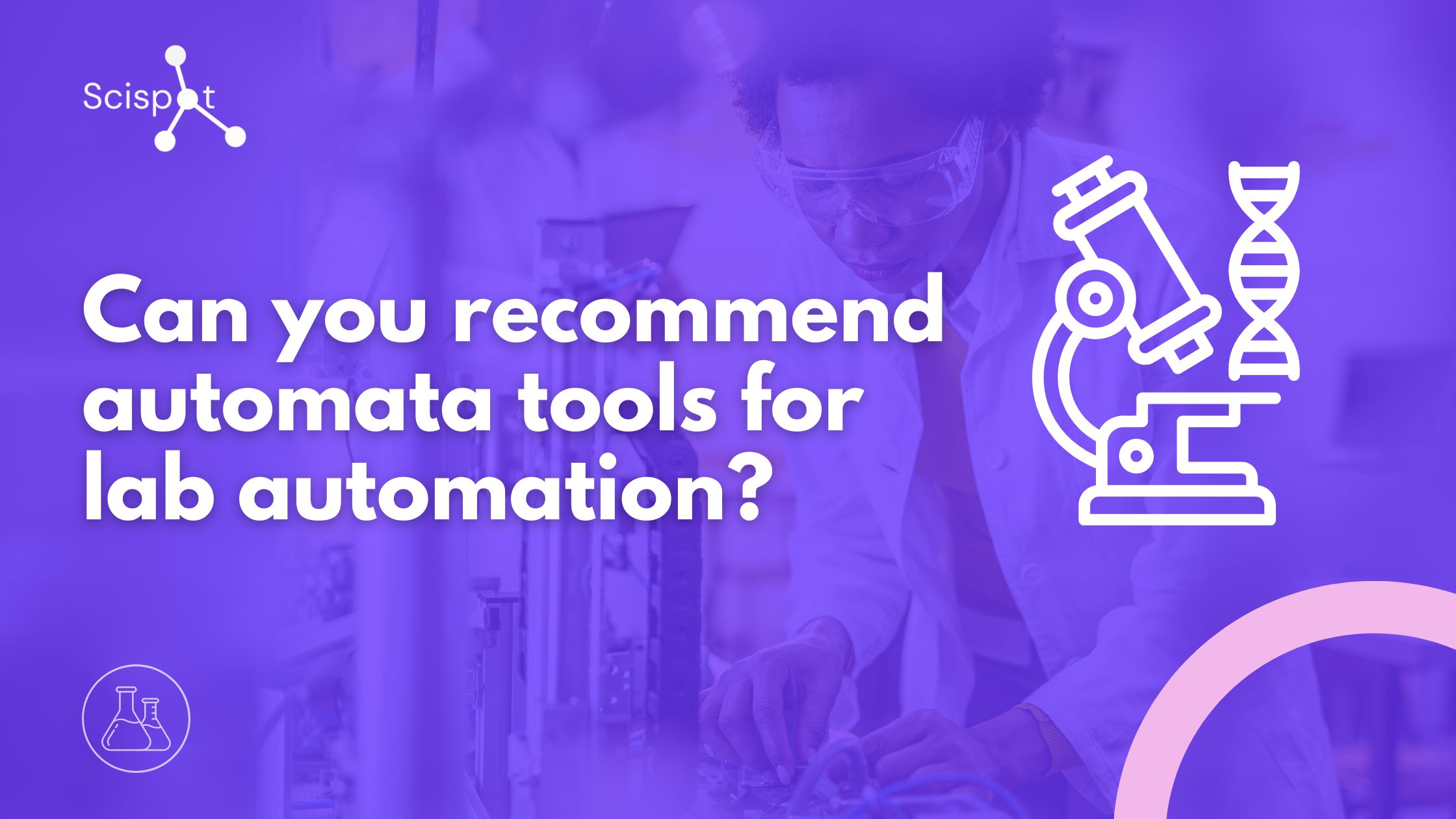
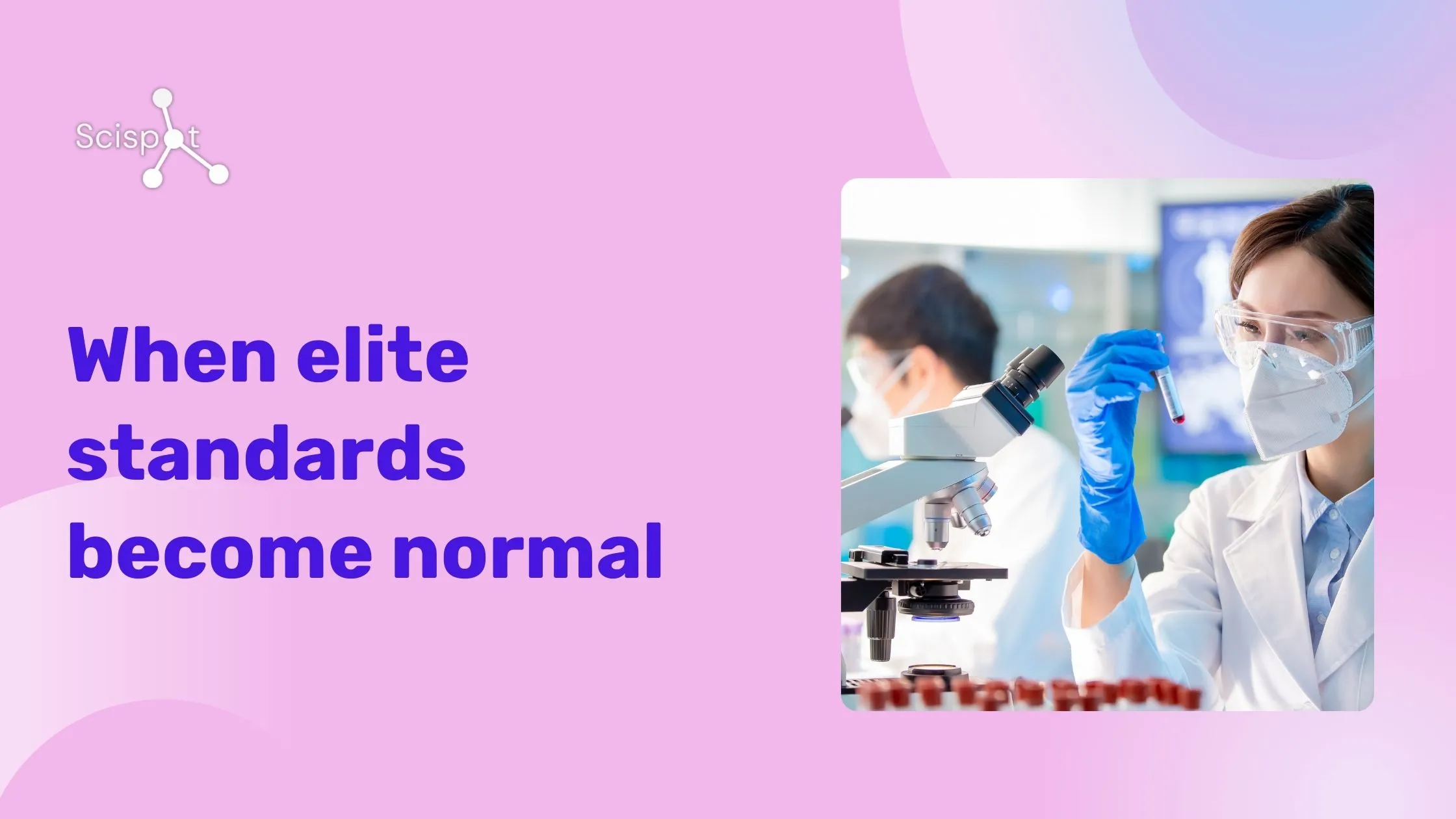
.webp)
.webp)



